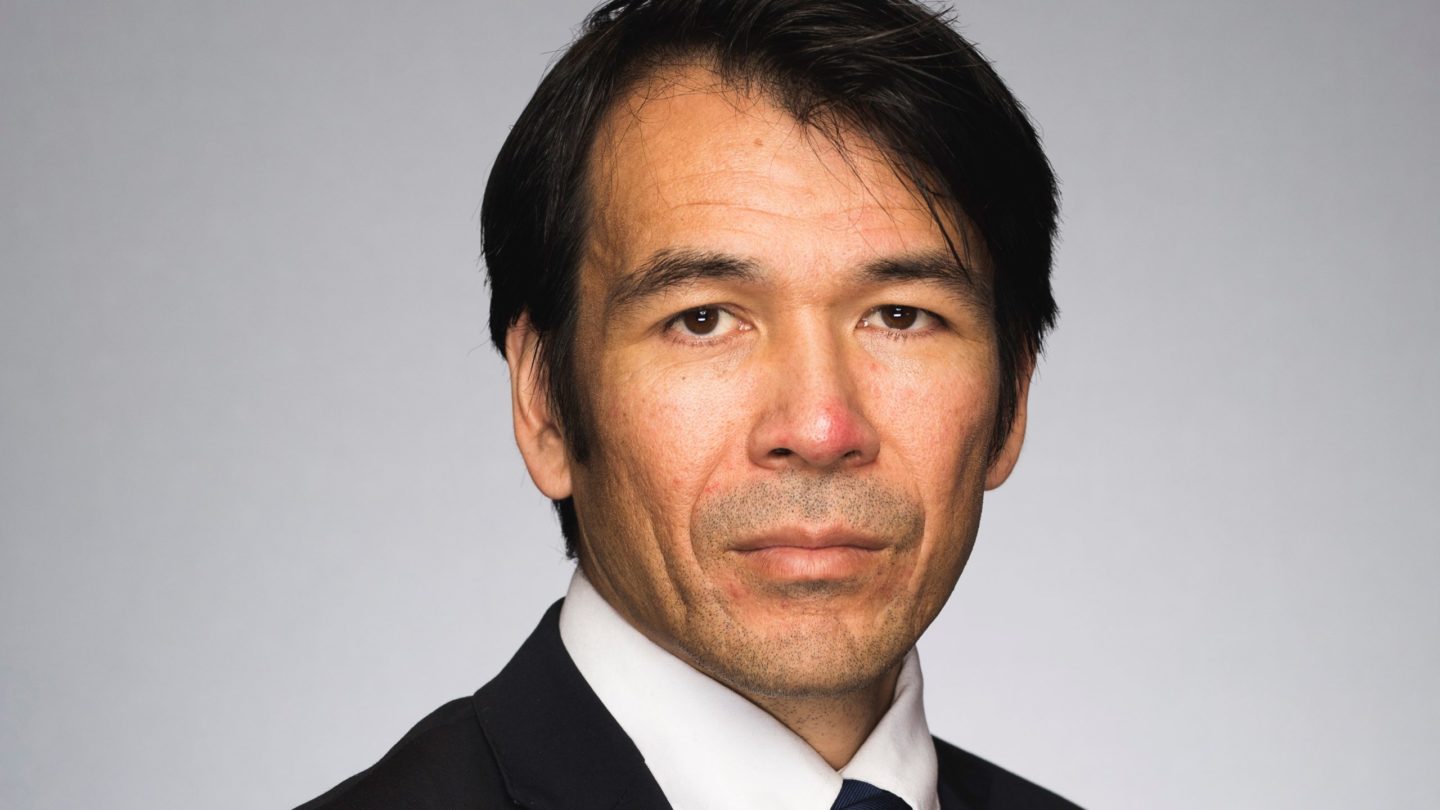“There are two kinds of forecasters,” wrote Harvard economist John Kenneth Galbraith. “Those who don’t know – and those who don’t know they don’t know.” In an uncertain world, economic forecasting can often end up well wide of the mark and it is worth reminding ourselves of this fact when reading the wildly differing predictions on global growth and recession risks being published today.
The International Monetary Fund attempted to quantify this dismal track record in a succinctly entitled working paper, How Well Do Economists Forecast Recessions? The conclusion was they not only missed the magnitude of recessions by a wide margin, they also underestimated booms as well.
The Bank of England’s current central projection is for a UK recession to last at least 14 months and to be shallower than the major downturns of 2008, 1980 and 2020. But for investors seeking to build a multi-asset portfolio, our view is economic forecasts are not a reliable foundation for an investment strategy.
More from the Morningstar team – Mike Coop: The certainty of uncertainty
What we prefer instead is use history to put into perspective what might happen in the future and how best to construct a portfolio for a more difficult economic backdrop.
That being the case, it might be tempting to look past recessions entirely – after all, why worry about a one-in-seven outcome? The answer, of course, is we cannot ignore the fact that recessions can lead to big losses.
Clear and obvious measure
The high-yield default rate is a clear and obvious measure to show what can happen during a recession, spiking above 10% in the bad times. Higher-risk investments with no cashflows, no profits and large debts are most likely to fail – and a clear lesson from history is to avoid highly speculative investments in loss-making firms.
Equity sector performance during recessions is another key factor that can drive portfolio outcomes in more difficult market environments.
The logic is simple – industries tied to essential services are less impacted in recessions, and these companies typically do not have high amounts of debt to fund growth.
What is interesting today is that, after a period of strong returns from riskier sectors like energy, basic materials, and financials – some of the more defensive sectors are more moderately priced. This makes them useful investments from a portfolio construction perspective, and we are overweight both sectors.
Ultimate recessionary diversifier
After a year like 2022, in which fixed income assets delivered double-digit returns for investors, it is worth emphasizing that government bonds have tended to be the ultimate diversifier in recessions. When growth slows materially, consumers tend to cut back and look for cheaper substitutes, and firms compete more aggressively in a shrinking market.
This enables central banks to cut interest rates, which in turn provides a strong tailwind for the asset class. In addition, the surety of coupon and principal repayments of government bonds becomes even more valuable because, unlike dividends and rents, these will not be cut.
The final lesson from history is more behavioural in nature – and that is staying the course. The natural inclination is to cut and run after prices have fallen and news is bad, and the urge gets stronger and stronger the longer a recession lasts and the more severe it is.
Fund flows show this tendency is a strong as ever – with outflows most visible after significant market falls. China is a recent example of this. In early 2021, investors loved Chinese equities after it had risen sharply in the mania for investing in innovation. In less than a year, the investment fervour had turned sour and sentiment towards the market was close to all-time lows after technology crackdowns, a property bust and strict Covid lockdowns. From that point on, it has generated strong returns.










